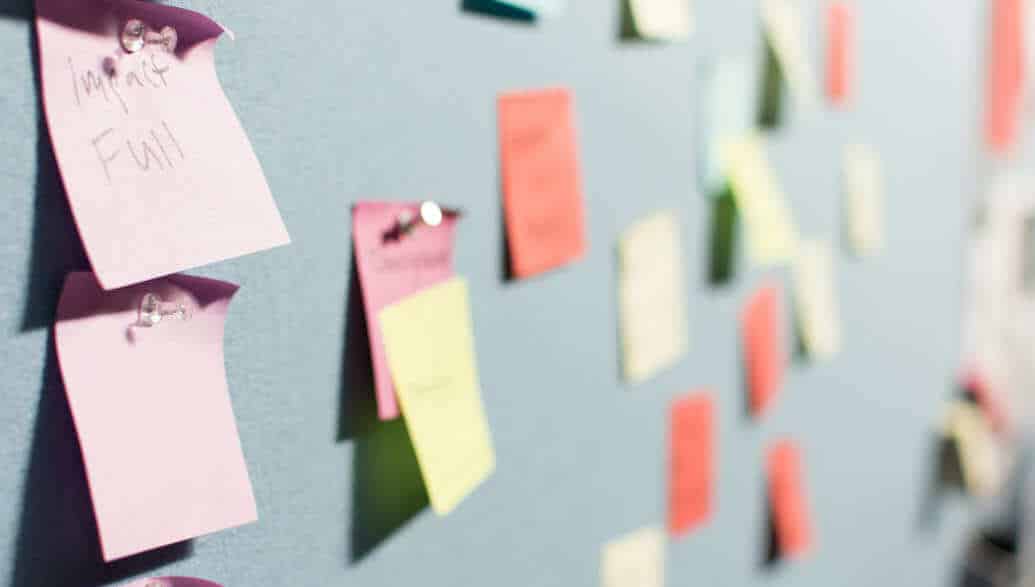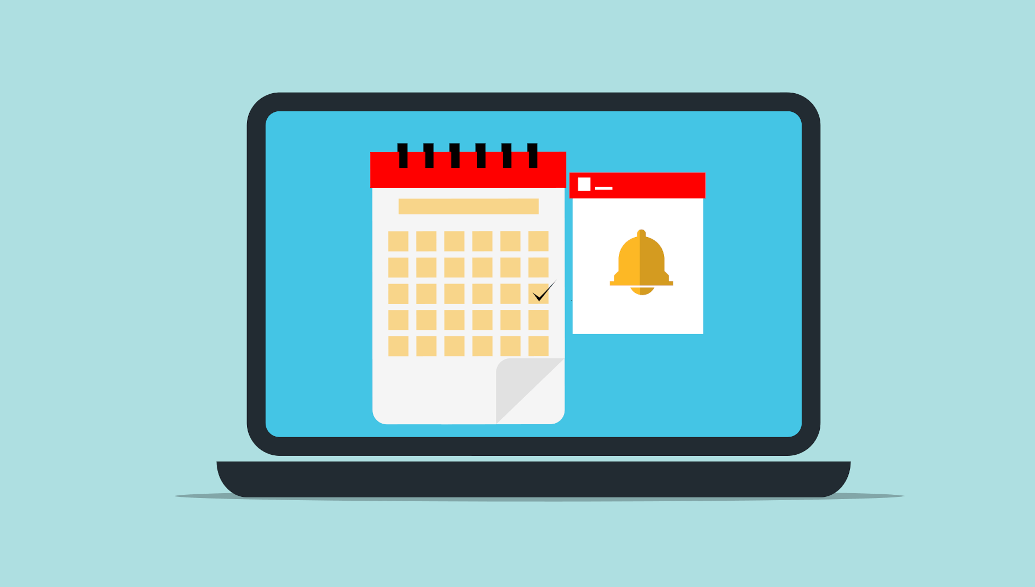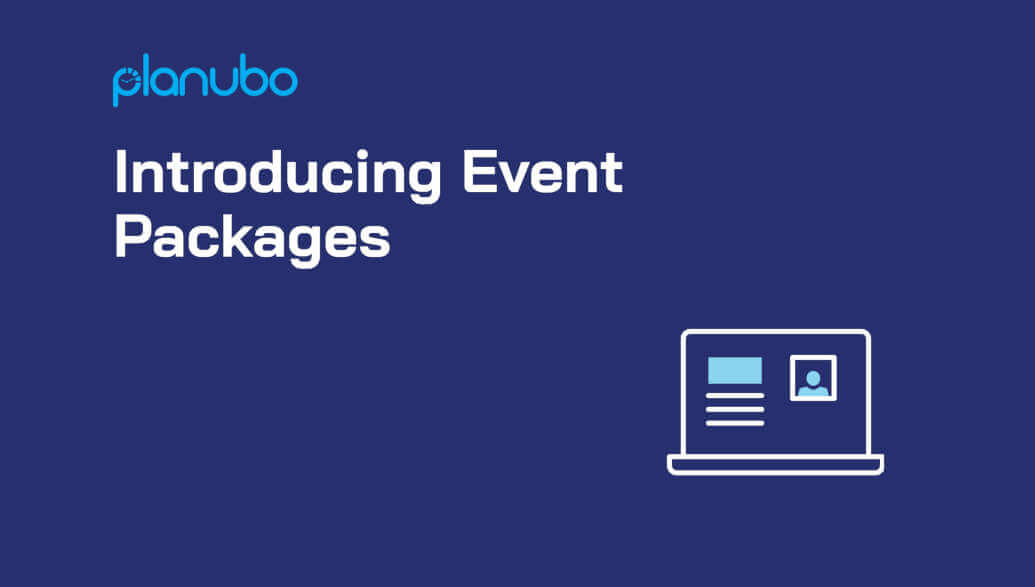Learning properly has to be learned. Why is it that you can recite jokes and stories from your early childhood without mistakes even years later? Why is it so easy for you to remember the lyrics of your favorite band and sing along? And why, on the other hand, can’t you memorize just 3 years for the history test or 10 words for English class?
Mainly, it’s because your brain decides what gets stored, because it prioritizes the things it deems important. Therefore, you need to train your brain to consider years, vocabulary, formulas, and certain content as important. In addition, you should find ways for yourself to acquire content in a meaningful and smart way. But what learning methods are there? In order to find out which ones are right for you, it is important to try out different ones and use them where they bring you the most benefit and support you best. This will save you a lot of energy, time and frustration.
Effective learning as a goal
Before the question “Which learning method is most effective” can be answered, let’s take a look at what learning methods are in the first place. Every person has different prerequisites and strengths. Some are strong on the visual level, others on the auditory. The fact is: as soon as exams and tests pile up in a short period of time, it’s easy to lose track of things. Learning without a structure is often ineffective. Learning methods help you to focus on what is important, to internalize knowledge in the long term and to train your short-term memory. In addition, in the best case, your brain power is increased. Learning methods are therefore measures that help you optimize your learning process through structure and targeted use of strengths. But what are the learning methods?
Tips for effective learning
Before we address the questions, “What learning methods are there?” and “What is the easiest learning method?”, it is important to clarify the basic conditions that promote effective work. See to it that you create a quiet learning environment. Things that can potentially distract you, like your cell phone or music, should be removed. Even though there are people who can do several things at the same time (e.g. reading and listening), it is usually not possible to do both 100% of the time. So focus on one thing at a time – and do it better.
In addition, mental and physical fitness is necessary to be able to concentrate for a longer period of time. Only when you are well rested will you have the necessary energy to learn. So make sure you get enough sleep.
There are people who only become really efficient when they feel time pressure. However, this requires a high level of resilience. Try to start learning in good time to avoid unnecessary stress. Starting at the last minute is rarely effective.
Find out if you can learn better alone or in a group. Sometimes it is helpful for your motivation to learn together with others. You can also exchange ideas and explain things to each other that are still unclear.
The most important thing, however, is constant repetition. The magic word is practice! Regular repetition imprints the necessary information deep into the memory.
What you should avoid

On the other hand, there are factors that have a negative impact on your learning. You should definitely give yourself regular breaks. Studying for hours at a time makes you sluggish and unfocused. In addition, you should learn with enough variety, so that topics can consolidate and you avoid boredom.
Try to recognize connections instead of simply memorizing whole sentences whose content you don’t understand. In order to quickly find a certain aspect later on, mark important parts of the text and write notes next to them to help you.
What are the learning methods?
The classics
Let’s move on to a selection of learning methods that will help you if possible and make learning easier. By the way, taking notes during the lesson shortens the learning time enormously. The mix of reading, listening and writing gives your brain the opportunity to store information in the best possible way.
Index cards
This very effective learning method was probably used by your parents and grandparents. The advantage of index cards is that you only have limited space for your notes. Thus, you are forced to limit yourself to the essentials and to summarize even complex topics briefly and concisely. It is best to work in bullet points as well as with single words and use one card for only one topic. Index cards are especially good for learning technical terms and vocabulary. You can write the technical term or foreign word on the front and write down the definition or translation on the back. A big advantage is that you can test yourself.
Summaries
The more extensive a topic is, the more unimportant things are on your worksheet. Write your own summary of the topic. By reproducing it in your own words and short sentences, you directly check whether you have understood the topic. In addition, your flood of notes to be learned will shrink considerably.
What other learning methods are there?
From mnemonic bridges to LOCI
So-called mnemonics help you to better retain even difficult and abstract contexts, because they are based on the principle of anchoring or association. You give a piece of information an anchor, which later helps you to recall the important aspects from memory. The simplest form of mnemonics is the mnemonic. The more abstract and silly the bridge (for example, a mnemonic sentence) is, the more likely it is to be remembered. For example, if you want to remember the points of the compass in the order north, east, south, west, you can use the phrase “Never wash without soap”. Cleanliness has nothing to do with geography, yet the mnemonic works wonders.
An extended form of these mnemonics is the LOCI method. Here, your brain uses spatial memory. The goal is to remember things you’ve heard or read before and to find and recall them quickly. In the first step you imagine a room (e.g. your room) or a path (perhaps your way to school). In your mind you walk past different objects, buildings or places. Now attach certain numbers or facts to the prominent points. If you later walk along the same path in your mind, you will remember the different anchors. This method takes a little practice, but it’s incredibly effective.
The right visualization

A clear worksheet will help you to find your way visually. Especially if you’re taking handwritten notes, at best you’ll make sure you can read your own writing well after the fact. A clever division of the sheet according to Cornell will help you coordinate your notes. To do this, divide the sheet into three parts. The lion’s share of the page is for notes. To the left, leave a box for questions. The lower part of the sheet is for a short summary in your own words.
Keyword method
Learning vocabulary is elementary to learning a foreign language – unfortunately! Because it can be really tedious and boring. With the keyword method, it’s more fun and what you learn stays in your memory better and longer. What’s more, it’s much faster. Scientific studies show that vocabulary can be learned almost twice as fast with the keyword method than with conventional memorization (Atkonson/Rough, 1975 or Lawson/Hogben, 1998). Here, substitute words are used to make an association with the vocabulary. First, a key word is found for a new vocabulary word that matches the foreign word either acoustically or visually. Then a mental image is associated with this vocabulary. Here too, the more abstract the image, the greater the memorization effect.
Example: The English word “gift” (present). In German, the word Gift also exists. Paint the picture in your mind that you give a friend for his birthday a nice bottle of poison with a skull symbol on it. You have already set the anchor and will remember it.
Mindmaps
Mindmaps are an effective way to structure your learning. Especially for brainstorming, creating a mindmap, i.e. a collection of ideas, is very useful. Here it is important to use the funnel principle -from the general to the specific. It provides a structured, visual representation of your thoughts. First write down all the terms on a sheet of paper and then try to find generic terms and sort the individual words and group them in so-called clusters. Thanks to this mind map, you can see at a glance what still needs to be done and where you are in your learning.
Pareto principle
In business, we know the Pareto principle named after Vilfredo Pareto, or also called the 80-20 rule. The idea behind it is that 80% of the result is achieved with 20% of the total effort. The remaining, top 20%, however, require the remaining 80% of the effort. This method should help to prioritize and focus on what is important. Often we humans try to understand and analyze everything down to the last detail, wasting a lot of time on it and not realizing that we don’t even need the last few percent. This method is also applicable to learning. Understanding every context down to the last detail is often not necessary. Some contexts become clear as soon as you have understood the important 80%. So if you take care of the basics first, you will save an incredible amount of time and energy, which in the worst case you might have spent for nothing.
What are active learning methods?
First the work, then the pleasure! Heard that before? Say goodbye to this phrase. Every person is different and needs different amounts of rest, breaks and motivation. There may be people who come home after school and have so much energy left that they go straight to homework or studying. Many people, on the other hand, need some time to relax first or need to clean up their insulin levels and eat something. Then there’s time to study later, too. Whatever type you are, still create study routines for yourself. Divide your afternoon into meaningful sections that you feel comfortable with. For example, you can divide your afternoon as follows:
On the way home, mentally go through what you learned today and, if possible, use a mnemonics technique to anchor vocabulary or technical terms at prominent waypoints. When you get home, take a short break, treat yourself to some free time or a snack, and relax. Afterwards, organize your study time (e.g. by means of a to-do list). As soon as your plan is set, you start learning. But keep in mind: Take enough time for breaks and rather set short learning intervals of 15 to 30 minutes per topic. This will prevent you from getting bored and learning too “dry”. Take a short break after each topic, stand up, move around, listen to music or have a drink.
Just before going to bed, take 10 minutes and read through the summaries again briefly, because during sleep your brain stores the newly learned well.
What is the 5 10 15 method in learning?
This method is ideal for you if you can’t memorize certain material or are constantly distracted. In the first step, you memorize the topic within 5 minutes. Then you write down everything that comes to your mind for 10 minutes without looking at your documents. The last 15 minutes you use to complete the information that you did not have yet. Repeat the three steps until you have understood the topic.
Prioritize your learning
Now which learning method is the most effective? What is the easiest learning method? Unfortunately, there is no clear answer to these questions. Try to find out what is right and good for you. The important thing is – learn what you need to learn soon and where you need to catch up the most. Two to three subjects should be enough. You can try to improve in ten subjects at the same time, however, you will most likely reach your limits. To avoid failure and frustration, set your expectations realistically and take small steps on your path to success. Nothing is more depressing than spending your valuable free time half-heartedly learning things you already know or don’t need.
Related Article: How to Overcome Test Anxiety: The Best Tips



